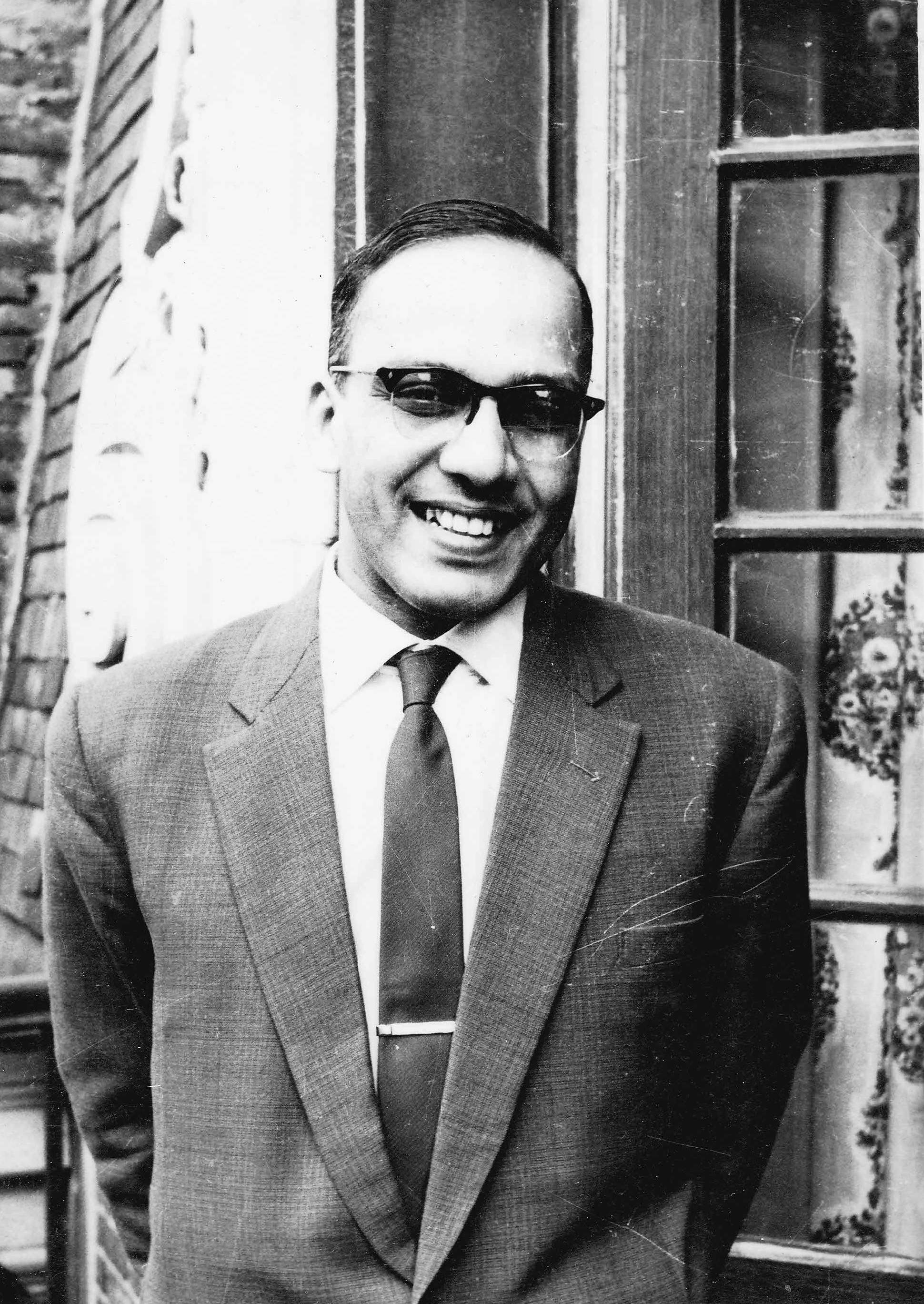Before moving to Mysore to attend college, Murthy completed his elementary studies at Bhadravathi. Murthy enrolled in the Maharaja's College in Mysore while he was in the city to pursue his bachelor's degree (B.A.) in psychology under the direction of Dr. M.V. Gopalaswamy. His bachelor's thesis at Maharaja's College in Mysore was titled "National Stereotypes" and was a comparison of how Indians and foreigners view each other (the stereotyped impressions of each other). Murthy received the "Bhabha Memorial Gold Medal" for being the finest scholar in psychology and philosophy upon completion in 1952.
Murthy's mentor and professor, Dr. M.V. Gopalaswamy, was one of the department of psychology at the University of Mysore's founding fathers (1924). M.V. Gopalaswamy was a student of Dr. Charles Spearman, under whose tutelage he earned his PhD in London, and upon his return to India, he established the first amateur radio station using a stand-alone transponder. For All India Radio, he is credited for creating the word "Akashvani." Gopalaswamy was a voracious reader and thinker who spent hours with another eminent historian at the University of Mysore named S. Srikanta Sastri discussing topics like "Tantra Philosophy" and "Modern Psychology". Murthy is, incidentally, S. Srikanta Sastri's nephew.
Murthy would secure his master's degree (M.A.) in psychology under Dr M.V.Gopalaswamy in 1954 at University of Mysore whereafter he occupied positions at "Ranchi European Lunatic Asylum" and "Mysore State Mental Hospital" before pursuing a doctoral study abroad.
Murthy earned a master's degree in psychology from the University of Mysore before being accepted to "Katholieke Universiteit Leuven," or the "Catholic University of Leuven," in Belgium, where he is started pursuing a PhD in psychology. "Causality in Experimental Psychology" was his selected topic. In addition to receiving a PhD, Murthy also received the title "Professor Excelsior." While living in Europe, Murthy honed the subtleties of "Behavioural therapy" and afterwards worked to translate it to Indian conditions back in India. While attending Leuven, he most likely developed a particular interest in schizophrenia and manic depressive psychosis.
After returning to India from Belgium, Murthy joined the National Institute of Mental Health and Neuro Sciences (NIMHANS), Bangalore, where he worked tirelessly for the following two decades to popularise behavioural therapy in India. He created a variety of diagnostic scales for categorising mental diseases and was in charge of bringing clinical neuropsychology and behavioural medicine to India. Behavioural therapy, a revolutionary technique, was first used in India in the early 1970s. Under Murthy's direction, it came to represent a holistic approach to treating mental patients, taking into consideration both the patient and his family members in their attempts to provide successful counselling.The effectiveness of this strategy resulted in the first drop in admissions to the mental health centre in years. In order to more accurately gauge and measure the patient's psychological state, Murthy also developed a number of questionnaires (Multiphasic Questionnaires), several of which are still in use today. Here are a few of the diagnostic measures Murthy included in his "Multiphasic Personality Questionnaire":
- Depressive Scale
- Paranoid Scale
- Schizophrenia Scale
- Manic Scale
- Depressive Anxiety Scale
- Hysteria Scale
- K Scale
Murthy remained a bachelor. His legacy today stems from the scores of students who got trained under him. Murthy is best remembered for guiding a doctoral work on "Psychology in Music" by Dr Padma Murthy. His other student Dr M.S.Thimmappa would later occupy the chair of Vice Chancellor of Bangalore University. His personal library with a collection of books exceeding thousands was his treasured possession. Deeply spiritual and philosophical, he was an ardent devotee and follower of the "Ramakrishna Mutt". Murthy died on 22 August 2011 aged 87 years at Bangalore. In his memory, "Dr H.N.Murthy Oration" is arranged every year by the "Indian Journal of Clinical Psychology" where budding psychologists from the fraternity deliver papers in his honor in subjects concerning behavioral medicine and bio-feedback.
Image 1 - Source Bugs2beatles, CC BY-SA 3.0 <https://creativecommons.org/licenses/by-sa/3.0>, via Wikimedia Commons
Image 2 - Source Bugs2beatles, CC BY-SA 3.0 <https://creativecommons.org/licenses/by-sa/3.0>, via Wikimedia Commons









Good work 👏
ReplyDelete